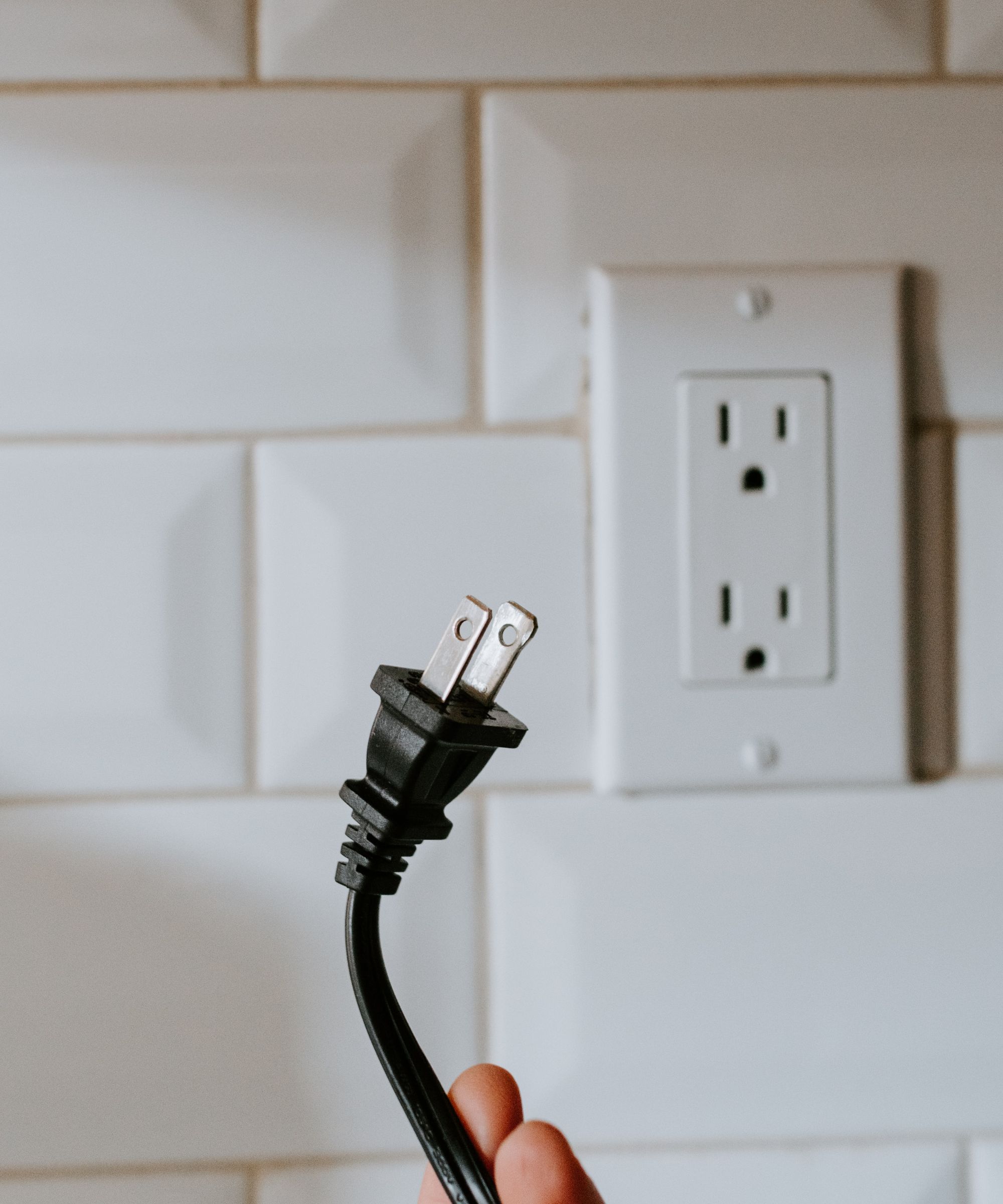How much does it cost to run an electric blanket? Experts explain if this appliance is worth it
As the temperature drops but our desire to remain warm and cozy increases, we look at how much it costs to run an electric blanket


As we all look for ways to keep the costs down at home while also staying warm and cozy this winter, more people are turning to additional heating appliances that might be cheaper than turning up the heating. So, how much does it cost to run an electric blanket? And is it the best heating addition for your home?
Electric blankets are fast becoming a great alternative to the best throw blankets as we try to make a house look cozy and feel warm this season and, luckily, they are some of the cheaper plug-in heating appliances to add to your home.
Understanding how to work out the cost of running an appliance is one of the best ways of working out how to cut energy bills. Although math is a worrisome task for many, it is luckily an easy calculation that you can apply to all of your electrical items to help save money at home.
Here, we talk to experts to work out if this heated addition is a good idea for your home, and how to work out the cost of a heated blanket no matter its size.
How much does it cost to run an electric blanket?

'Electric blankets use only a marginal amount of electricity, as little as 200 watts per hour,' explains Christen Costa, CEO of Gadget Review. 'That comes out to approximately two cents' worth of electricity per hour. With such a low run cost, electric blankets are certainly worth the money.'
The overall cost of your electric blanket is easy to work out, however, and is worth doing as varying wattage and electricity costs vary.
'To calculate the cost of running your electric blanket, you'll need to know; the wattage of your blanket, the hours you use it per day, and your electricity rate (per kilowatt-hour),' says Adam Roper, renewable energy and off-grid living expert.
'Here's a quick example,' he continues. 'Let's say you have a twin-size electric blanket that uses 100 watts. You use it for six hours each night. Your electricity rate is $0.12 per kilowatt-hour.
- Your daily cost to run the blanket would be: 100 watts x 6 hours x $0.12 per kilowatt-hour = $0.72 per day
- Over the course of a month, that would come out to: $0.72 per day x 30 days = $21.60 per month.'
For you to work this out yourself, you can use the following calculation:
Appliance wattage x time used in hours x price per kilowatt hour
Are electric blankets worth the money?

Electric blankets can pose a few challenges in a home, for example, knowing whether or not you can wash an electric blanket, for example, and whether or not they are worth the high, upfront cost.
'There is no definitive answer to whether electric blankets are efficient or worth the money,' Adam begins. 'It depends on a number of factors, including how often you use them and what your specific needs are. In general, however, electric blankets can be a great way to save energy and money.' Knowing how to work out these costs is the best way of choosing energy-efficient appliances for your home.
'If you live in a cold climate, an electric blanket can be a great way to save on your heating costs. By pre-warming your bed, you can reduce the amount of time that you need to spend using your main heating source. This can lead to significant savings on your energy bill.
'Electric blankets are also very convenient,' Adam adds. 'They can be turned on and off as needed, so you don't have to waste energy heating an entire room when you only need a little bit of extra warmth.
'One downside of electric blankets is that they can be expensive to purchase. However, if you use them regularly, they can quickly pay for themselves through the money you save on your energy bill. Additionally, electric blankets require very little maintenance, so they can be a very cost-effective option in the long run.
'Ultimately, whether or not electric blankets are efficient or worth the money is up to you,' he says. 'If you think they could be a good fit for your needs, then they are definitely worth considering.'
'With most electric blankets made of energy-efficient thin carbon wires that consume about 15 to 115 watts or 13 cents per kilowatt hour, running an electric blanket costs about 1.5 cents per hour or 12 cents for 8 hours of use. This cost is significantly cheaper than central heating,' adds Robert Johnson, the marketing director at Coast Appliances.
Electric blanket vs. Electric heater

If you are trying to heat your home for less you may well be weighing up the costs of an electric blanket and an electric heater and knowing how much it costs to run an electric heater is essential to this process.
With electric heaters using a lot more electricity to generate heat than a blanket, an electric blanket is considered to be a much more efficient heating method for your home. Although the appliances have slightly different purposes, with heaters heating a whole space whereas blankets heat only your bed, sofa, or body, in terms of targeting heating, a blanket is a far more efficient and cheaper option.
You may want to consider one of the best types of space heaters for warmth and cost if you want to add a room heater as well as an electric blanket to your space.
Do electric blankets take a lot of electricity?
The different electric blanket makes and sizes will use slightly different amounts of electricity per hour, so there is no definitive answer as to how much electricity they use. Double-heated blankets use, on average, approximately 100 watts of energy to warm a double bed completely before being switched off, although this can depend on the blanket itself.
Is a hot water bottle cheaper than an electric blanket?
A hot water bottle is considerably cheaper to use than an electric blanket, with a kettle or microwave using significantly less electricity to heat up water to a boil than an electric blanket costs to run for one hour.
Sign up to the Homes & Gardens newsletter
Design expertise in your inbox – from inspiring decorating ideas and beautiful celebrity homes to practical gardening advice and shopping round-ups.

Chiana has been at Homes & Gardens for two years and is our resident 'queen' of non-toxic living. She spends most of her time producing content for the Solved section of the website, helping readers get the most out of their homes through clever decluttering, cleaning, and tidying tips. She was named one of Fixr's top home improvement journalists in 2024.
-
 'Sexy disco-era Italy meets Japanese farmhouse in the Brazilian jungle' was the description the interior designer gave this glass-walled modernist home
'Sexy disco-era Italy meets Japanese farmhouse in the Brazilian jungle' was the description the interior designer gave this glass-walled modernist homeOffering a warm welcome that defies its stark, modernist lines, this archictectural gem is full of surprises
By Karen Darlow
-
 Are you making the most out of the estate sales in your area? These are the 5 most valuable items you should be shopping for
Are you making the most out of the estate sales in your area? These are the 5 most valuable items you should be shopping forVintage lovers and antique experts share the objects you should always look out for when you're exploring an estate sale
By Eleanor Richardson